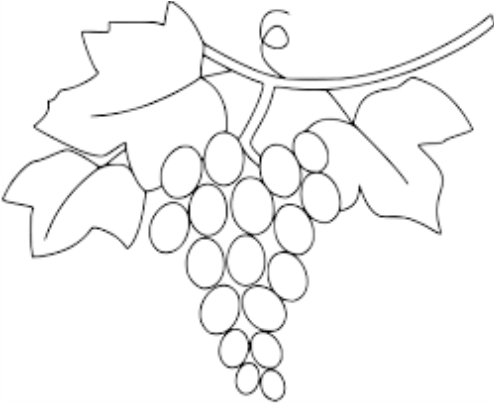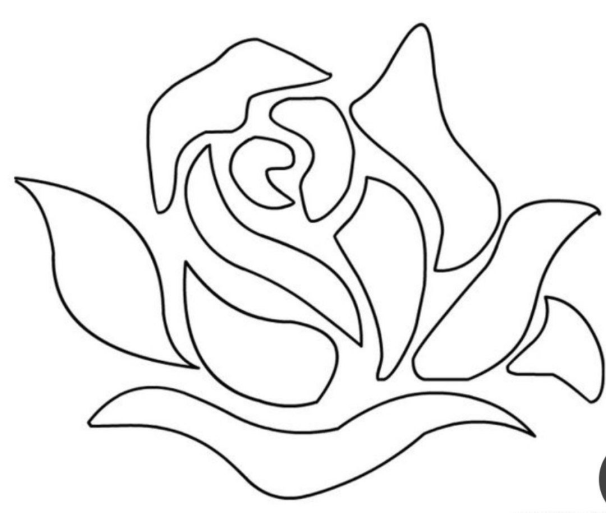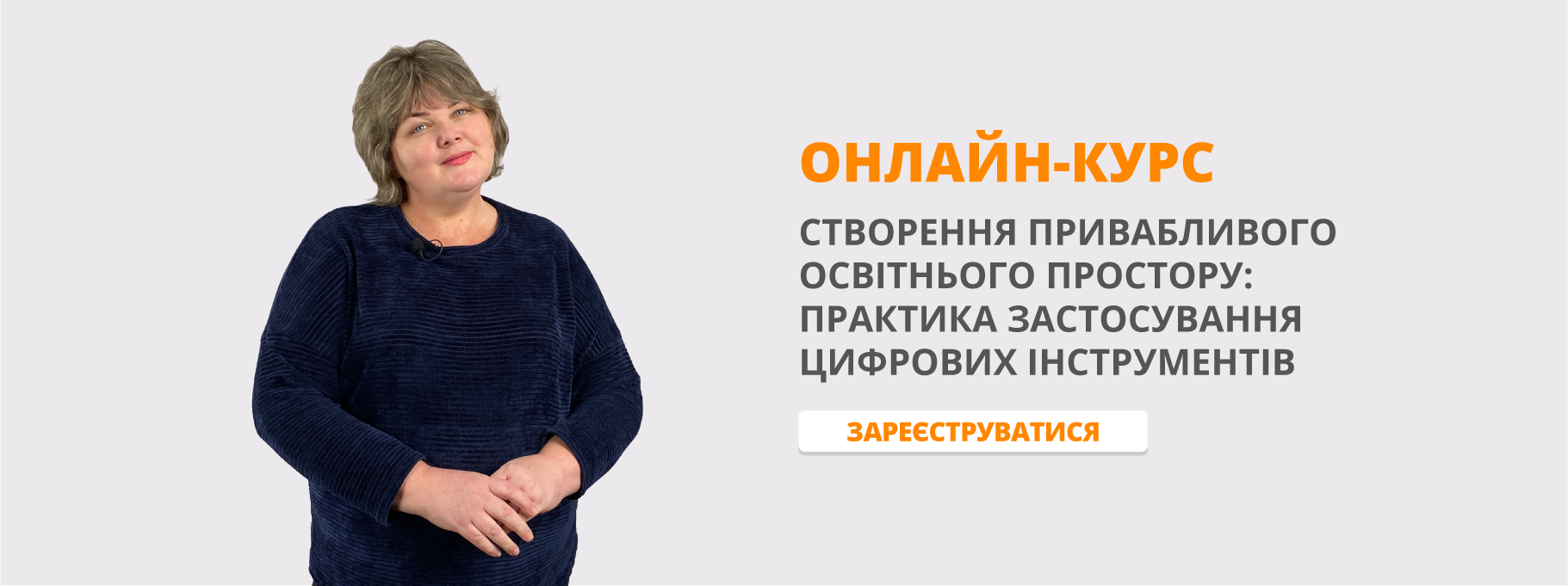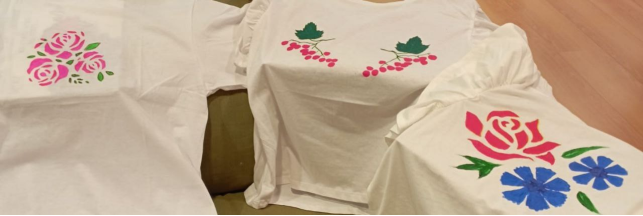Methodical Development for Primary Classes: Teaching Children Aged 6-11 the Eco Batik Technique: "Eco Batik Based on Vyshyvanka"
Methodical Development for Primary Classes: Teaching Children Aged 6-11 the Eco Batik Technique: "Eco Batik Based on Vyshyvanka"
Author: Nikolova Snezhanka Spasova
Introduction
Engaging in eco batik activities develops fine motor skills, attention to detail, and a sense of color and texture, which are crucial for the comprehensive development of children. Using environmentally friendly materials and recycled items not only enhances the creative process but also fosters a love for nature and care for the environment.
Purpose of the Methodical Development: To create an "Eco Vyshyvanka" project on t-shirts and shirts with students.
Objectives:
- To study the basics of eco batik and create a unique Vyshyvanka pattern using stencils.
- To teach children how to organize their workspace and work carefully with textile paints.
- To introduce children to the world of art through eco-friendly methods.
- To develop imagination, attention, and fine motor skills.
Forms of Conduct: Online or offline class.
Necessary Materials:
- T-shirts or shirts made of natural fabrics (cotton, linen).
- Textile paints.
- Stencils (homemade from recycled materials).
- Brushes and sponges for applying paint.
- Palette, a cup of warm water, napkins, or cloth.
- Toothpicks and cotton swabs for detailed work.
- Toothbrush.
- Iron for fixing the paint.
Lesson Plan
-
Introduction and Demonstration:
- The teacher shows students a finished "Eco Vyshyvanka" project on a t-shirt or shirt.
- Explains the history and significance of Vyshyvanka in culture, as well as the ecological principles of eco batik.
-
Organization of Workspace:
- The teacher helps children organize their workspace.
- Placement of the water cup, palette, fabric, and paints for convenient work.
-
Preparation of Fabric:
- Explanation of the steps to prepare the t-shirt or shirt before painting (ironing and stretching the fabric on a flat surface).
-
Creating Stencils:
- The teacher demonstrates how to make stencils from recycled materials (cardboard, plastic bottles).
- Choosing patterns for Vyshyvanka (geometric designs, floral motifs).
-
Applying Paint through Stencils:
- Preparation and use of textile paints.
- Applying paint with brushes, sponges, cotton swabs, and toothpicks through stencils.
- Asking students which colors they chose and why.
-
Fixing the Paint:
- Explanation of the process of fixing the paint with an iron.
- Demonstration and execution of fixing the paint (ironing through fabric or paper for protection).
-
Finishing the Work:
- Demonstration and discussion of the results.
- Questions to students about how they evaluate their work and what they would like to improve.
-
Decoration and Details:
- Adding additional elements (e.g., embroidery or appliqué) at the students' discretion.
- Discussion of various ways to decorate the finished work.
-
Cleaning Up:
- The teacher invites students to sign their work.
- Organizing the cleanup of the workspace: washing brushes, tidying up materials.
- Discussing with students what they liked most about the process.
Conclusion
- Praise and Evaluation: The teacher praises the students for their efforts and achievements, noting the uniqueness of each work and the progress in mastering the eco batik technique.
- Questions and Discussion: The teacher asks questions to find out what students enjoyed most about the process of creating the "Eco Vyshyvanka," which moments were challenging, and what they would like to improve or change in their works.
- Lesson Summary: The teacher summarizes the lesson, emphasizing the learned techniques, the use of eco-friendly materials, and the importance of preserving traditions through modern methods. The importance of creativity and care for the environment is highlighted.
- Encouragement for Future Creative Experiments: The teacher encourages students to continue engaging in creativity, exploring new techniques and materials. Suggests finding inspiration in the surrounding world, nature, culture, and art, and sharing their works and ideas with others.
Appendices
- Templates and patterns for creating Vyshyvanka designs.
Final Tips
- Practice and Patience - Keys to Success: The teacher reminds that mastering new techniques takes time and persistence, and mistakes are part of the learning process.
- Inspiration in the Surrounding World: The teacher emphasizes that nature, culture, and everyday life can become inexhaustible sources of ideas for creativity. It's important to learn to notice the beauty in ordinary things and use this inspiration in one's works.
This methodical development will help children aged 6 to 11 not only master the eco batik technique but also understand the importance of an ecological approach in creativity, get inspired by traditional Vyshyvanka motifs, and create unique, eco-friendly works of art





-
Як колега, художник, що займається батиком, я мала можливість провести майстер-клас на основі методичної розробки, автором якої є Ніколова Снежанка Спасова. Ця методична розробка виключно добре структурована і ретельно продумана. Інтеграція екологічно чистих матеріалів і технік не тільки інноваційна, але й надзвичайно важлива для привиття екологічної свідомості. Покрокові інструкції зрозумілі й легкі для розуміння, що забезпечує плавний робочий процес як для викладача, так і для учнів. Включення традиційних мотивів вишиванки додає проекту багате культурне вимірювання, роблячи його як освітнім, так і творчо насиченим. Мене особливо вразило, як план уроку заохочує креативність та індивідуальність, навчаючи при цьому важливих художніх навичок. Розділи з підготовки та організації дуже детальні, що гарантує, що навчальне середовище сприятиме зосередженому та приємному навчанню. Заключні активності, які включають рефлексію та обговорення, допомагають зміцнити навчальні цілі і заохочують учнів критично оцінювати свою роботу. Загалом, ця методична розробка є цінним ресурсом для педагогів, що прагнуть поєднувати художню освіту з екологічним вихованням та культурним просвітництвом.


про публікацію авторської розробки
Додати розробку

